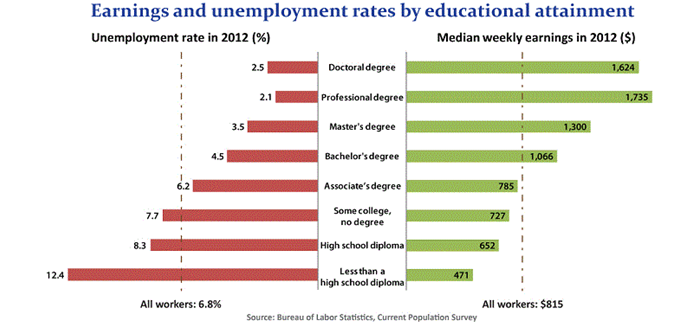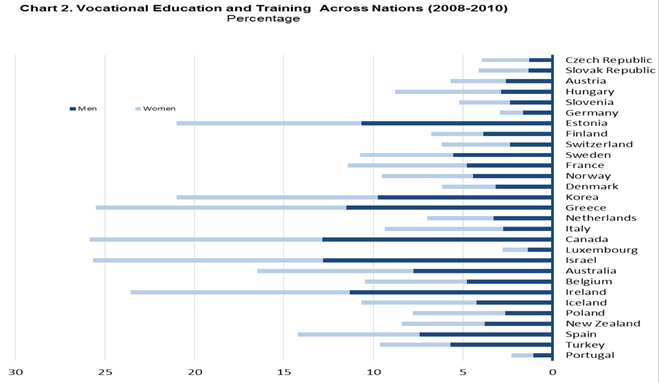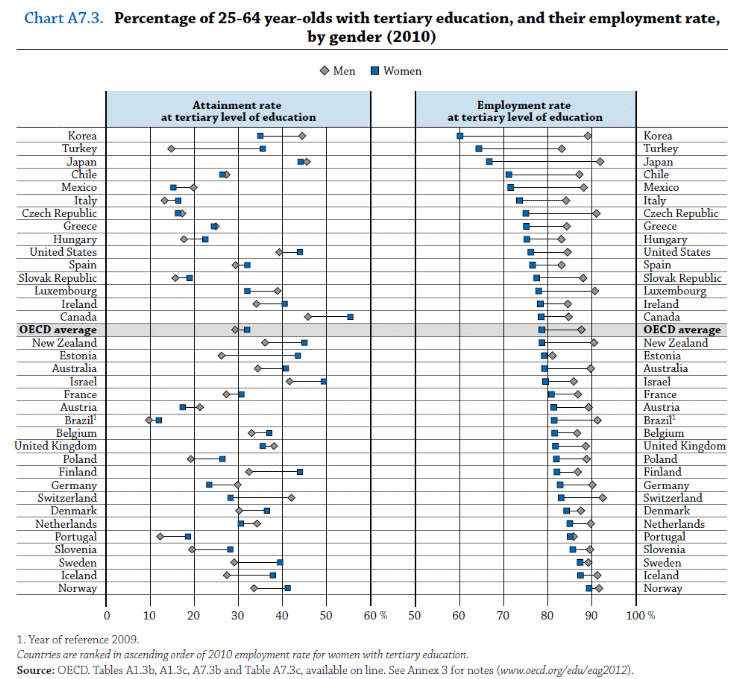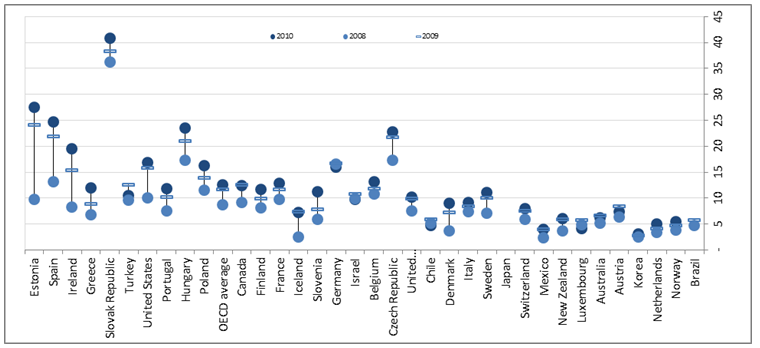Unemployment is an occurrence witnessed when active individuals cannot find job opportunities. Conversely, prevalence of unemployment is accrued through poor economic development and high unskilled labour.
Unemployment is an acute problem especially during the recession periods when world economy collapsed however, there is a notable improvement through numerous interventions specifically, minimum wage laws, formation of personnel unions, and tax regimes. Gross domestic product (GDP) is the amount of income citizens of a country can amass in a financial year.
Economic growth is attributed to the increase and decline of gross domestic product. Expansion of the output of an economy influences economic growth under full employment of the population, which in return boosts employment rate.
Changes in business cycles cannot be used as determinants of economic growth. Business cycles, for instance, flourish and decline thus, does not determine the rate of economic growth rather, it affects aggregate demand (Schomburg and Ulrich 8).
The Level of education influences the rate of unemployment in an economy. Education bestows individuals with technical skills and expertise to engage in production activities. Employees are classified into skilled, non-skilled, and semi-skilled and one is remunerated according to experience and ability to produce goods and services with efficiency.
Employment categories are, for example, classical unemployment, cyclical unemployment, structural unemployment, and frictional unemployment. Most unemployed individuals fall in frictional and involuntary unemployment section whereby low wages and economic frictions obstruct them from engaging in productive labour force (Schomburg and Ulrich 21).


Sourced from the Bureau of labour statistics, Current population survey
The graph shows the relationship between employment rate and level of education attained by individuals ranging from less than a high diploma to Doctorate qualification. Most educated employees accrue higher wages compared to individuals less educated. Lucrative job opportunities favour high educated persons because of experience and skill they bestow in service delivery.
Institutions of higher learning are prerequisite for the expansion of economy because high employment leads to reduction of poverty levels and dependence. The increase in gross domestic products is attributed to levels of education and employment.
Developed economies depend on educated individuals for invention and innovation in the economy. Education bestows individuals with skills and experience to manage and run businesses. Businesses are mainly geared towards profit maximization, therefore; education enables individuals adopt better ways of decision making.
Government relies on professionals in policy formulation that regulates economic growth, for instance, tax systems, labour remuneration, and equitable distribution of resources. In a stable economy, people with higher education have better paying jobs than those with poor education. Less than high school individuals have high levels of unemployment compared to individuals who studied above collage.


With high unemployment rates, gross domestic product declines due to high dependence on the economy. Most jobless people depend on the employed individuals to get basic human needs and this sacrifices the economic prosperity.
Government on the other hand, balance unemployment and economic growth through encouraging investment in the local economy and repatriating resources from the urban centers to rural areas to avoid rural-urban migrations that lead to an influx of idle population thus compromising security.
Chart 3 Unemployment rates of ages, by educational attainment level (2008- 2010)

Conclusion
The chart in table 1-3 reveals the correlation in percentages between education, unemployment and economic growth. The analysis suggests a significant impact of educational attainment on the economic growth.
The investment in the educational sector influences the increase in educational attainment, consequently, affects the GDP of a country. Thus, there is a significant impact between education, employment rate and economic growth of a country.
Works Cited
Schomburg, Harald, and Ulrich Teichler. Higher Education and Graduate Employment in Europe: Results of Graduate Surveys from Twelve Countries. Dordretcht: Springer, 2006. Print.